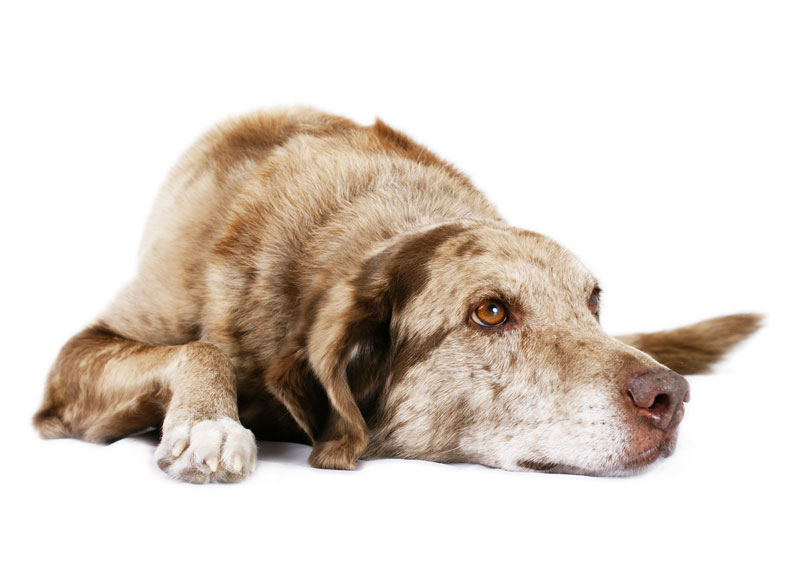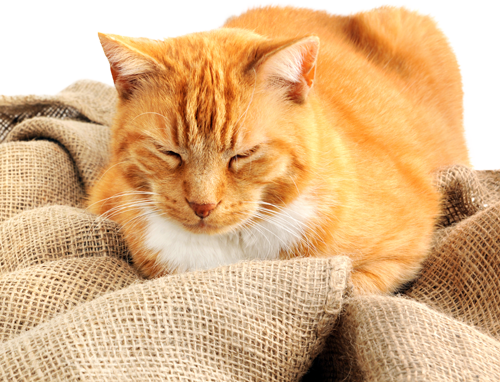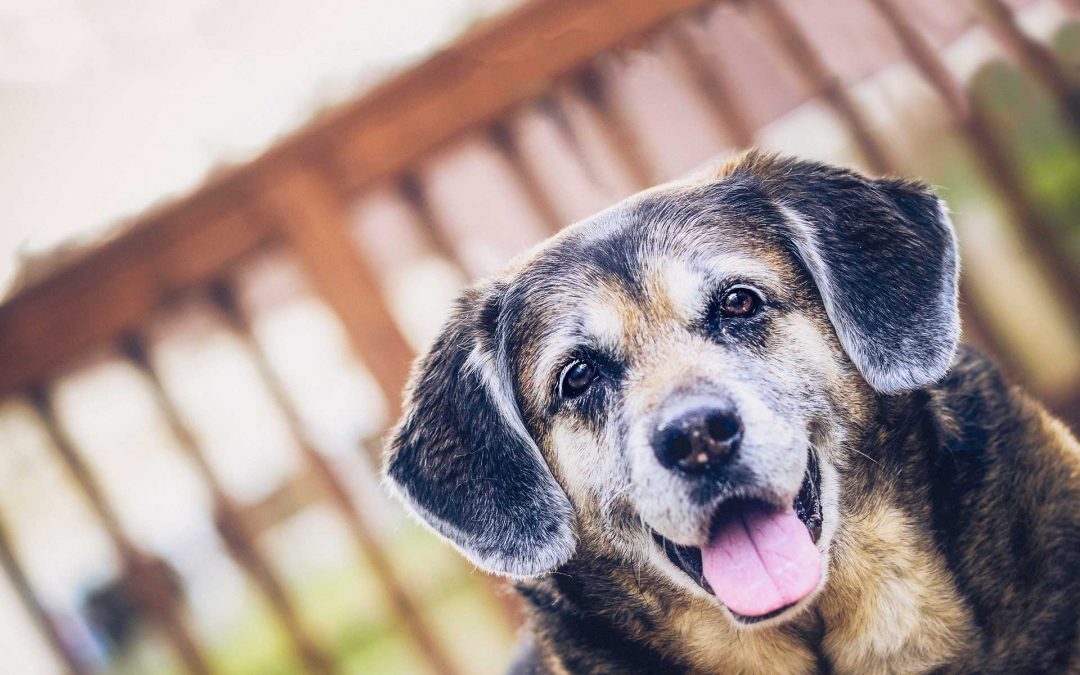Looking after our Senior Pets
Many of us have had a ‘senior moment’ or two as we get on in years – keys in the fridge, anyone? But did you realise that as they age, your dog or cat will have their own senior moments too? In this article, we explore some signs your dog or cat may exhibit as they reach their senior stage and what you can do to ensure you keep them in tip-top shape and with you for as long as possible.
Your dog or cat’s key signs:
- hair greys
- their reflexes aren’t as sharp
- their senses diminish, particularly their hearing, eyesight and smell
- there’s a marked decrease in their activity
- they sleep longer and more soundly (can be hard to distinguish with cats as they love to nap!)
- their movements may appear stiff, laboured or painful

Health care tips for senior cats/dogs
Up your vet visits:
Just like their human counterparts, senior pets should visit their doctor regularly for check-ups. Aim for a thorough examination every 6 months, as adult cats and dogs can age as much as 3-4 years (in human terms) in a year. Thank the universe we don’t, right?
While you’re there, tell your Vet if you notice changes in your animal’s physical condition or behaviour. Often fur-parents assume changes are related to their pet’s advanced age but they could also be symptoms of a treatable medical condition like osteoarthritis. Early detection means fast and more effective treatment – a win for you and your pet.
Bonus tip: Schedule a visit in the lead up to the colder months to ensure your best mate is fit and ready before the cold sets in.
Rethink their diet:
You might notice your pet eats less which is quite natural if they’re not moving around as much. However, even if they’re eating less, they may gain weight and that’s thanks to the slowing of their metabolism (yep, we’re talking about your pet’s version of the dreaded ‘middle age spread’!).
It could also go the other way and they lose weight. No matter which one, diet is paramount. Excess weight or nutritional deficiencies can contribute to a variety of health-related issues in older pets (diabetes, gum/teeth disease etc). Smaller quantities of low-calorie food are a good idea. If you’re worried about their weight, seek your vet’s advice.

Bonus tip: to beat the podgy-pet syndrome, don’t feed them table scraps or snacks and consider two smaller meals per day, rather than one big one.
Make ‘em comfy:
As they age – particularly if they are overweight or have sore joints – pets may find it difficult to bend down to eat or drink. To make it easier for them, consider investing in a specially designed table with cut-outs for food and drink at variable heights. If you’re handy, you can make a DIY one out of a crate – or perhaps something fancier!
Grooming & exercise:
- Keep up their worm and parasite control
- Brush those toothy-pegs on a daily basis
- Get them out and about as appropriate to their capabilities – short bursts of activity may be better
- Do a weekly nail check for cats as they may not use their scratching post as often


Recent Comments